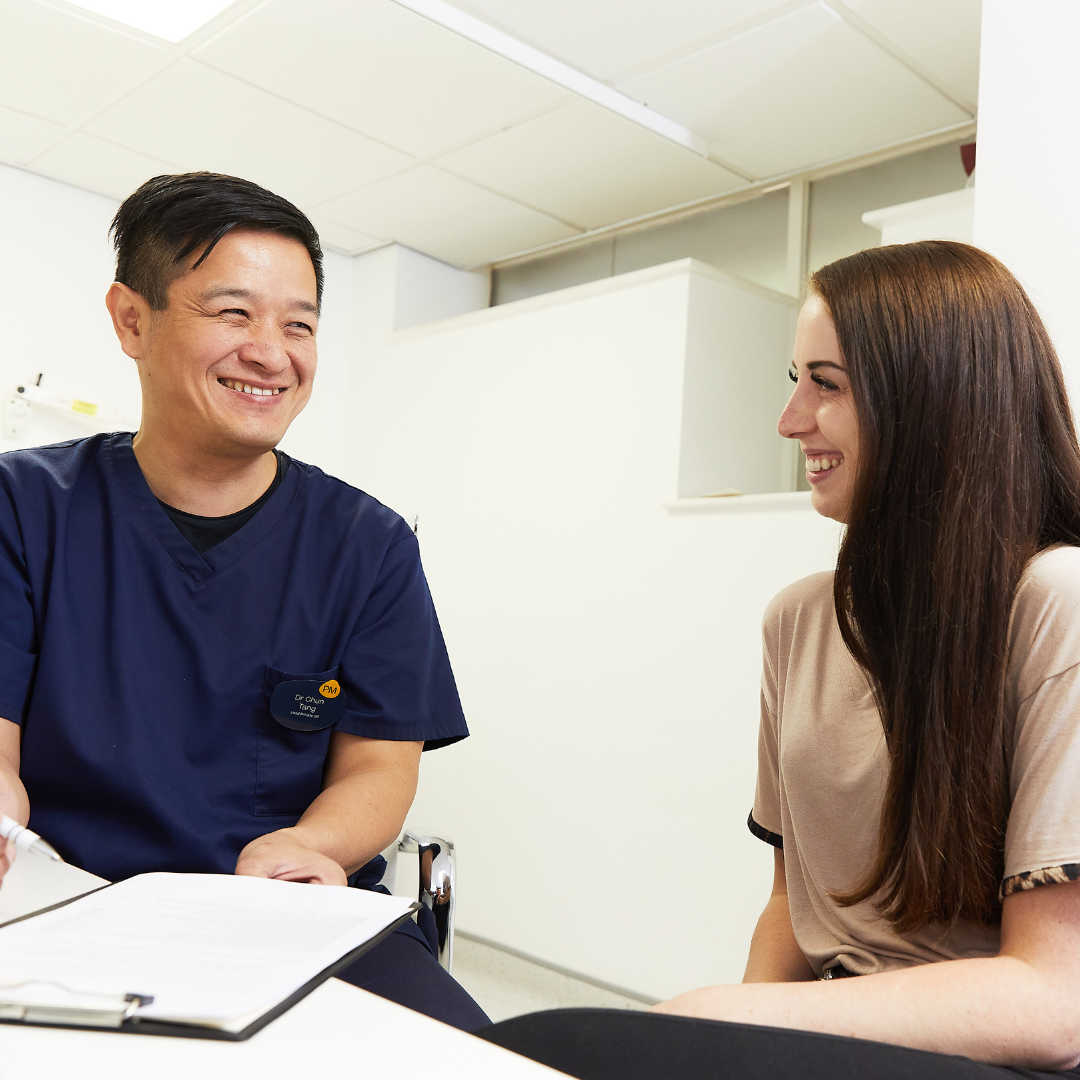A stroke is a medical emergency that occurs when the blood supply to part of the brain is interrupted or reduced, depriving brain tissue of oxygen and nutrients. Every second counts when it comes to treating a stroke, which is why it’s essential to recognise the signs and act immediately. This blog will guide you through the importance of spotting a stroke, the steps to take, and how to use the FAST method to identify it.
What is a stroke?
A stroke happens when the blood flow to a part of the brain is disrupted or stopped. This can occur in two primary ways:
Ischemic stroke: The most common type, occurring when a blood clot blocks or narrows an artery leading to the brain.
Hemorrhagic stroke: Less common but more deadly, this type occurs when a blood vessel in the brain bursts, causing bleeding in the surrounding tissues.
Both types of stroke can lead to permanent brain damage, disability, or death. However, with prompt medical attention, the chances of recovery significantly increase. Recognising a stroke and seeking immediate medical intervention can make all the difference
Why is time crucial?
When someone experiences a stroke, brain cells begin to die within minutes. The longer the brain is deprived of blood flow and oxygen, the more extensive the damage. That’s why “time is brain” - the faster you act, the better the chances of limiting damage to the brain.
Every minute counts, which makes it crucial to recognise stroke symptoms early. The FAST acronym is a simple and effective way to remember the key symptoms of a stroke and the steps you should take when one is suspected.
Recognising a stroke with the FAST method
The FAST method is an easy-to-remember guide designed to help anyone quickly identify the most common signs of a stroke. Here’s what it stands for:
F – Face drooping
One of the earliest signs of a stroke is facial weakness. If someone is having a stroke, their face may suddenly droop or become numb on one side. A classic sign is an uneven smile - one side of the face may not move as well as the other. You can check for this by asking the person to smile. If their smile is lopsided or if they are unable to move part of their face, it could be a stroke.
A – Arm weakness
Another common symptom is arm weakness or numbness. If you suspect someone is having a stroke, ask them to raise both arms. In cases of a stroke, one arm might drift downward or the person may not be able to lift it at all. This weakness can affect either arm but usually occurs on the same side of the body as the face droop.
S – Speech difficulty
A stroke can affect a person’s ability to speak clearly or understand speech. If someone is slurring their words, unable to form a sentence, or having trouble understanding simple instructions, it’s a strong sign they may be having a stroke. You can test this by asking them to repeat a simple phrase, such as, “The sky is blue.” If their speech is garbled or they struggle to get the words out, immediate action is required.
T – Time to call 999
If someone shows any of these signs - face drooping, arm weakness, or speech difficulty - it’s time to act quickly. Call 999 immediately and tell the operator you suspect a stroke. Do not wait to see if symptoms improve on their own, as every second is vital to ensuring the best possible outcome.
What to do if you suspect a stroke
If you believe someone is having a stroke, immediate action is essential. Follow these steps:
Call 999 Immediately: Don’t wait. Call for emergency medical help right away. Let the dispatcher know that you suspect a stroke and give them as much information as possible about the person’s symptoms.
Stay calm and keep the person safe: While waiting for medical help, ensure the person is in a safe place, lying down with their head slightly elevated if possible. Do not give them food, water, or medication, as they might choke.
Monitor the person’s condition: If the person becomes unconscious, check their breathing and pulse. If they stop breathing, you may need to perform CPR if you are trained to do so.
Note the time: It’s important to know when the symptoms began, as this will help medical professionals decide the best course of treatment. Certain treatments, like clot-busting medication, are only effective within a limited window of time.
Stroke treatment options
When someone has a stroke, prompt treatment is critical for improving the chances of recovery. Depending on the type of stroke, treatments can include:
Clot-busting medication (tPA) for ischemic stroke, which works to dissolve the clot causing the blockage.
Mechanical thrombectomy, where doctors physically remove the clot using a catheter.
Surgical intervention for hemorrhagic stroke to repair a burst blood vessel or relieve pressure on the brain.
The sooner the treatment is administered, the more likely it is to limit brain damage and improve long-term outcomes.
Other symptoms of stroke
While the FAST method covers the most common symptoms of a stroke, there are other signs to be aware of. These symptoms may not always be present, but if you notice them, they should not be ignored:
Sudden confusion or trouble understanding
Sudden numbness or weakness in the leg, especially on one side of the body
Sudden trouble seeing in one or both eyes
Sudden trouble walking, dizziness, or loss of balance and coordination
Sudden, severe headache with no known cause
Stroke risk factors
Understanding stroke risk factors can help you be more proactive about your health. While some factors are out of your control, others can be managed or modified through lifestyle changes and medical care. Here are the most common risk factors for stroke:
Unmodifiable risk factors:
Age: The risk of stroke increases with age, especially after 55
Family history: Having a family history of stroke increases your risk
Gender: Men are more likely to have strokes, although women are more likely to die from one
Previous stroke or TIA (transient ischemic attack): A history of stroke or TIA, often called a mini-stroke, increases your chances of having a full stroke
Modifiable risk factors:
High blood pressure: Uncontrolled hypertension is the leading cause of stroke. Regular check-ups and medication can help keep your blood pressure under control.
Diabetes: People with diabetes have a higher risk of stroke because high blood sugar can damage blood vessels over time.
Smoking: Smoking damages blood vessels, increasing the risk of stroke. Quitting smoking significantly reduces your risk.
Obesity: Excess weight, especially around the abdomen, increases the risk of stroke. A balanced diet and regular exercise can help reduce this risk.
High cholesterol: High levels of cholesterol can lead to plaque build-up in the arteries, increasing the risk of ischemic stroke. Regular testing and lifestyle changes or medication can help manage cholesterol levels.
Atrial fibrillation (AF): AF is an irregular heartbeat that increases the risk of stroke due to the formation of blood clots in the heart that can travel to the brain.
Lifestyle changes to reduce your risk:
Maintain a healthy diet low in salt, saturated fat, and cholesterol.
Engage in regular physical activity, aiming for at least 150 minutes of moderate exercise per week.
Limit alcohol intake and quit smoking if applicable.
Manage stress and ensure regular check-ups to monitor your heart and overall health.
Strokes are a leading cause of death and disability, but quick action can save lives. By knowing the signs of a stroke and remembering the FAST acronym you can take swift action in an emergency. Understanding the risk factors and working to reduce them can also help prevent strokes before they happen.
At Pall Mall Medical, we are committed to raising awareness about stroke prevention, symptoms, and treatment. Knowing how to respond quickly can be lifesaving. For more information on stroke and other health services we provide, please visit our website or book an appointment by speaking with a member of our bookings team.










